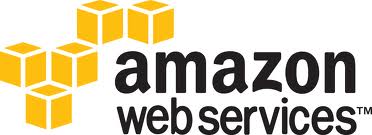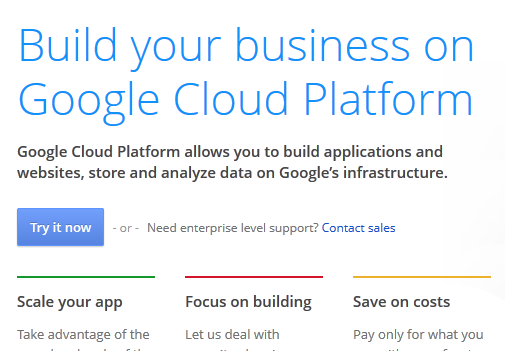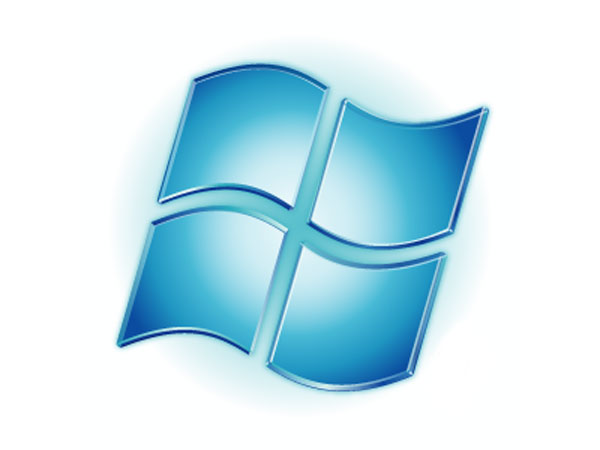
A while back I commented on Amazon’s DynamoDB and disagreed with the viewpoint from HighScalability.com that using SSD for storage was a “radical step.” In my comments, I predicted that
We will see SSD replace mag disk as a mainstream storage technology, sooner than most of us think.
And,
Amazon will just fold [SSD] into its generic store.
Now, Amazon has announced the availability of “high I/O” instances of EC2. They offer 2 TB of local SSD-backed storage, visible to the OS as a pair of 1 TB volumes.
The SSD storage is local to the instance.
Was that sooner than you thought?
Next question: which compute tasks are not well-suited to deployment on “high I/O” instances of EC2?
The only reason Amazon describes these instances as “high I/O” is that they have a ton of existing magnetic disk already deployed. We should all begin to think of SSD-backed storage as “standard”, and magnetic platters as “low I/O”. People will rapidly refuse to pay the magnetic disk tax. It’s silly to pay for CPU that is spent waiting for heads to meet up with the appropriate location on a magnetic platter.
Going forward, the “High I/O” moniker will disappear, as it will be cheaper for Amazon to deploy and operate SSD. There may be a price premium today for “High I/O” but that is driven by temporary scarcity, not by actual operational costs.
What Amazon will do with all its magnetic drives is an open question, but be assured it will turn them off. The savings in A/C costs alone, associated to dissipating the heat generated by mechanical drives, will compel Amazon to transition rapidly to full SSD.
Resources:
- Deepak Singh of AWS announces the High I/O instance
- Werner Vogels’ blog post on High I/O instances
- Hacker News discussion



